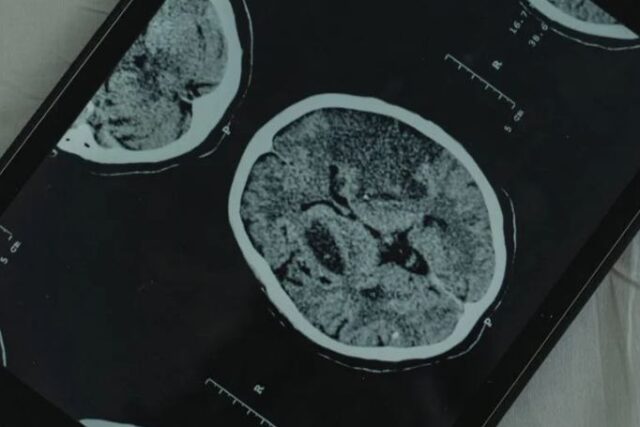The human brain is an intricate universe of mysteries, and one of the most advanced tools to explore it is EEG Analysis. This groundbreaking approach allows the study of electrical signals generated by the brain, opening doors to understanding its complex functions. From medical breakthroughs to cutting-edge technology, EEG Analysis is revolutionizing the way we perceive the mind and its connection to the world around us.
What Is EEG Analysis and Why Does It Matter?
Electroencephalogram (EEG) analysis is a scientific method used to measure the brain’s electrical activity. By placing sensors on the scalp, this technique captures the tiny electrical impulses produced by neurons. These signals are then processed and analyzed, unveiling patterns that can indicate emotional states, cognitive activities, or even neurological conditions.
The importance of EEG Analysis lies in its versatility. It serves as a window into the brain’s behavior, providing invaluable insights that drive advancements in medicine, neuroscience, and technology.
How EEG Analysis Works
Understanding the process behind EEG Analysis helps appreciate its potential. Here are the key steps involved:
- Recording brain signals: Specialized sensors detect the electrical activity generated by neurons firing in the brain.
- Filtering and processing data: Raw signals are refined by removing noise and interference, resulting in clearer and more precise information.
- Identifying patterns: Advanced algorithms analyze rhythms such as alpha, beta, and delta waves, which correspond to various mental states like relaxation, focus, or deep sleep.
By decoding these electrical patterns, EEG Analysis allows researchers and clinicians to translate brain activity into actionable insights.
Applications of EEG Analysis
The adaptability of EEG technology makes it indispensable in multiple fields, transforming how we approach challenges and opportunities in:
- Medicine: EEG is crucial for diagnosing and managing conditions like epilepsy, migraines, and sleep disorders. It helps physicians pinpoint abnormalities in brain function and develop effective treatments.
- Neuroscientific research: From studying attention and memory to understanding learning processes, EEG plays a pivotal role in exploring how the brain works.
- Technology: EEG is at the forefront of creating brain-computer interfaces (BCIs) that enable users to control devices using only their thoughts. This innovation has profound implications for accessibility and assistive technology.
Recent Advances in EEG Technology
The evolution of EEG Analysis has been driven by remarkable technological advancements, broadening its scope and potential.
Artificial Intelligence and EEG
The integration of artificial intelligence (AI) into EEG technology has transformed the way data is analyzed. Machine learning algorithms can process vast amounts of information quickly and efficiently, identifying patterns that were previously undetectable. This synergy between EEG and AI is paving the way for breakthroughs in brain research and diagnostics.
Portable EEG Devices
Gone are the days when EEG systems were confined to laboratories. Portable EEG devices have brought this technology to everyday scenarios. Athletes can monitor their brain activity to optimize performance, individuals can use it for meditation, and educators are exploring its use in personalized learning environments.
These devices make EEG technology more accessible and practical, enabling real-time brain monitoring outside clinical settings.
Challenges and the Future of EEG Analysis
Despite its many advancements, EEG Analysis still faces obstacles that need to be addressed to unlock its full potential.
Technical Challenges
- Signal quality: Improving the accuracy and resolution of brain signal recordings remains a priority. High-quality data is essential for reliable analysis.
- Scalability: Making EEG technology affordable and widely available is critical for broader adoption.
Ethical Considerations
- Data privacy: As brain data becomes easier to collect and analyze, safeguarding this sensitive information against misuse is essential.
- Informed consent: Ensuring participants understand how their brain data will be used is a vital ethical responsibility.
A More Inclusive and Accessible Future
The future of EEG Analysis is bright and inclusive. Efforts are underway to expand its applications in underserved medical communities, offering affordable and effective diagnostic tools. Additionally, integrating EEG technology into daily life could enhance wellness, education, and productivity for people everywhere.
From understanding the brain’s rhythms to developing life-changing technologies, EEG Analysis is shaping the future of neuroscience and innovation. By continuing to overcome challenges and explore its possibilities, we are one step closer to unlocking the full potential of the human mind.

Lastest Posts
Education
How machine translation is changing the industry: When to use it and when to avoid it?
Health
EEG Analysis: Technology Connecting the Brain to the Future
Marketing
Advancements in Solar Panel Technology: Illuminating the Path to a Sustainable Future
Lifestyle
How to Build a Capsule Wardrobe: Essentials for Every Man
Lifestyle
Women in the Catholic Church: Roles, Recognition, and Calls for Change
Marketing
Experiential Marketing for Brands: Crafting Unforgettable Consumer Connections
Banking & Finance
Understanding the Case-Shiller Home Price Index and Its Multiple Merits